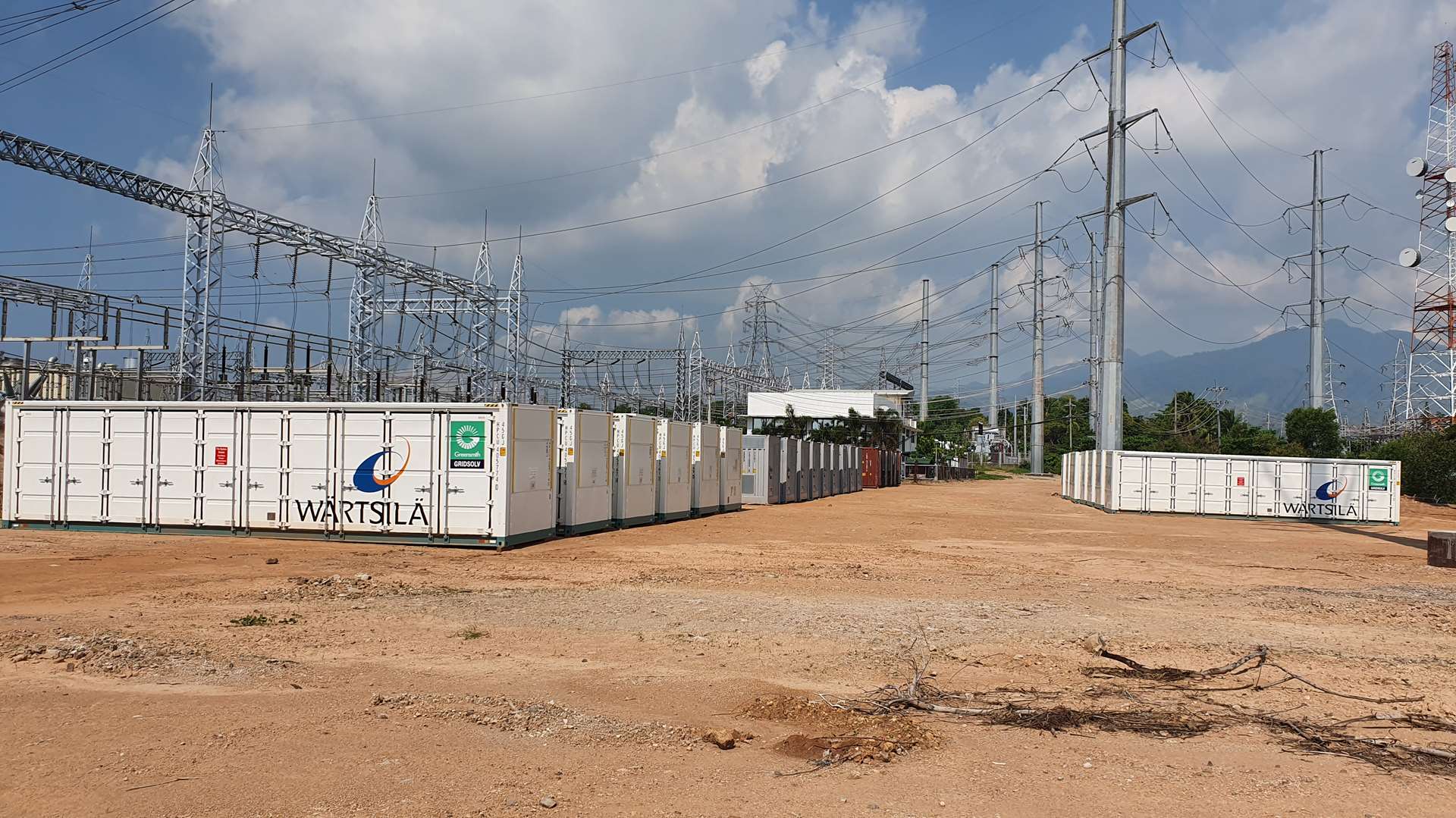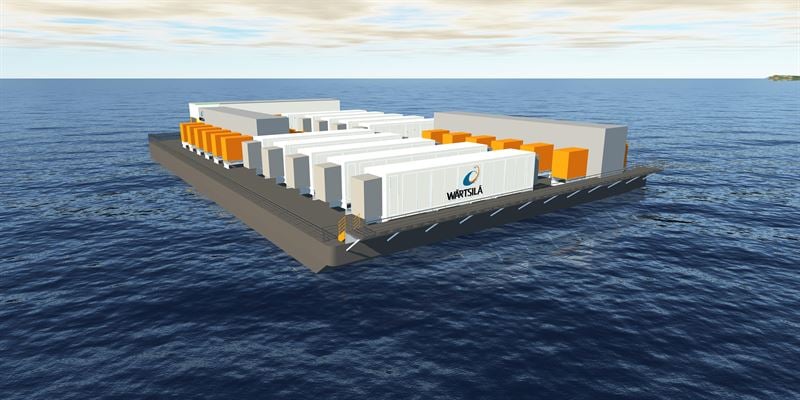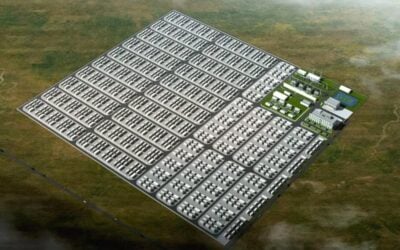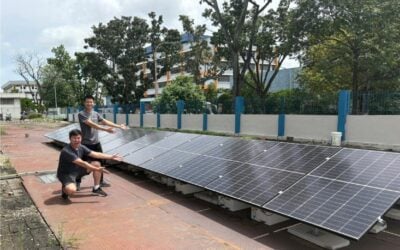
The Philippines is set to become a “full-sized market” for energy storage within a couple of years, according to Wärtsilä’s director for the Australasia region.
The company completed commissioning in May on two grid-scale battery energy storage system (BESS) projects totalling 60MW / 60MWh for Philippine power company SMC Global Power Holdings. The 20MW / 20MWh system in Toledo and 40MW / 40MWh system in Bataan will be followed by a third Wärtsilä project as part of a 100MW / 100MWh contract, which SMC Global Power Holdings is thought to be developing in a much wider portfolio of around 30 BESS assets.
Enjoy 12 months of exclusive analysis
- Regular insight and analysis of the industry’s biggest developments
- In-depth interviews with the industry’s leading figures
- Annual digital subscription to the PV Tech Power journal
- Discounts on Solar Media’s portfolio of events, in-person and virtual
A couple of months ago Wärtsilä also said it is deploying another project in the country which it believed will be a first-of-a-kind for the Southeast Asia region: a 54MW / 32MWh BESS on a “floating power barge” which will be integrated with a 100MW floating diesel power plant, helping to reduce emissions and run-time and increase efficiency of the thermal power asset.
“We feel that the Philippines is only getting started on this journey and within the coming couple of years this market will develop into a full-sized market and will also be normalised as a regular business segment within the power industry,” Kari Punnonen, Wärtsilä Energy business director for Australasia told Energy-Storage.news.
As with its other large-scale projects around the world, Wärtsilä delivered the company’s GridSolv containerised BESS solution to the two sites in the Philippines, controlled and monitored by its own GEMS software and controls platform. Punnonen said that GridSolv is based around a concept of being highly standardised but also custom-designed to match ambient conditions at project sites, so getting the system equipment installed was the easy part.
“The challenge comes from the balance of plant, which typically involves engineering, procurement and construction (EPC) contracting activities with traditional civil works, site management and coordination with local authorities,” Punnonen said.
“In other words, it is a manpower business.”
Also challenging were weather conditions in the Philippines which can and did include typhoons and heavy rains, while executing the project during the COVID-19 pandemic and adhering to restrictions and rules also brought its own challenges.

Multiple drivers for Southeast Asia’s energy transition are converging around energy storage
The country’s grid is isolated and fairly weak, without ideal interconnection between the different states. The power system is stretched over unpopulated distances that can be vast, unlike in many other parts of the world where a number of densely populated cities can act as energy hubs. The ability of energy storage to add flexibility to electricity networks and supply is becoming recognised, as is the option for balancing thermal power plant capacity.
Meanwhile, across the wider Southeast Asia region is a growing influx of renewable energy at pace and as this happens, there are opportunities to upgrade and enhance ageing infrastructure as well as providing flexibility and reliability to grids. Punnonen added that many countries in the region are also seeing rapid urbanisation of their populations, with the attendant growth in demand for electricity and constraints on grids that this can bring.
Indeed, it is not just the growth of renewables that is driving the modern energy transition in Southeast Asia, but also what Kari Punnonen described as the “existing energy challenges, which cause volatility”. While that aforementioned ageing regional energy infrastructure needs replacing, in many cases within the next decade, the region could also take the opportunity to “leapfrog” over traditional energy sources with the installation of hybrid power plants — combining renewables with storage or even natural gas with storage. This makes the Southeast Asia energy market “really exciting,” he said.
“Storage is now being seen for what we in the industry have known all along: [as] one of the key components of the energy transition.”
While other regional markets such as the UK and US really got started on their own energy storage journey with batteries being integrated into markets for ancillary services like frequency regulation, in some parts of Southeast Asia, Wärtsilä believes that energy storage needs to be built for other applications and then be present to be available for ancillary services. Major industry players in the region, like Wärtsilä’s customer SMC Power Global, are taking the initiative and recognising the need for energy storage and other types of flexible assets along with renewables, Punnonen said.






